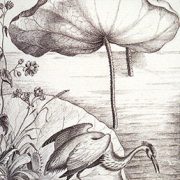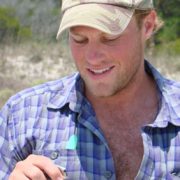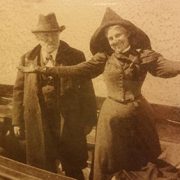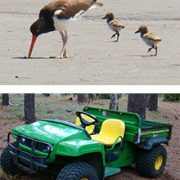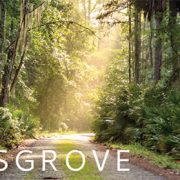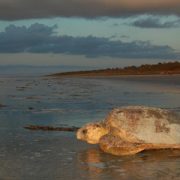Challenging the Storage of Coal Ash In Wayne County Landfill
Coastal residents and conservation organizations are continuing to challenge plans for a Wayne County landfill to accept up to 10,000 tons of coal ash per day from neighboring states. This represents a more than 500% increase of their current daily intake of 1,800 tons of municipal solid waste.
The Broadhurst Landfill is nestled within a complicated system of connected wetlands and sits squarely between the pristine Satilla and Altamaha Rivers, just south of Jesup. The proposed quantity of coal ash to be moved into this small landfill combined with the hydrology of the area presents a significant threat to the region’s drinking water, groundwater and wetlands. In addition to the massive influx of coal ash, there is concern about how to protect the surrounding wetlands from coal ash being washed off of 100+ rail cars a day at a proposed washing station adjacent to the landfill.
Coal ash storage is a problem all across the South where coal fired power plants have produced hundreds of thousands of tons of toxin-laden waste. Much of the region’s coal ash is stored in a wet form or “slurry” in large ponds or lagoons adjacent to major rivers. These pools are often unlined allowing contaminants such as arsenic, mercury, thallium, and selenium to leach into the rivers and underlying groundwater. Activists all over the country are fighting to have coal ash moved from storage ponds to lined landfills. Although the Broadhurst Landfill is lined, it is surrounded by wetlands and has a relatively high water table. Flooding of the landfill presents the greatest risk as it would likely result in toxic coal ash washing into the Altamaha and Satilla Rivers and impairing wildlife that are regularly harvested from these rivers for food. If Broadhurst’s lining were inadequate or compromised, coal ash toxins could also leach into underlying groundwater thereby compromising the area’s drinking supply.
The Board of the Department of Natural Resources passed new rules on October 26 that regulate the storage of coal ash in Georgia. While regulations were needed, the new rules lack necessary protections for communities living around Muncipal Solid Waste Landfills such as Broadhurst. One Hundred Miles and fellow members of the Georgia Water Coalition are working to build support for a state legislative amendment that addresses the loophole that allows coal ash to be stored en masse in Municipal Solid Waste landfills. This will likely become an issue of concern for local communities throughout Georgia’s coastal region. For more information on how you can help, please visit the One Hundred Miles website: http://www.onehundredmiles.org/coal-ash-in-wayne-county/
ILLUSTRATION BY POWELL


